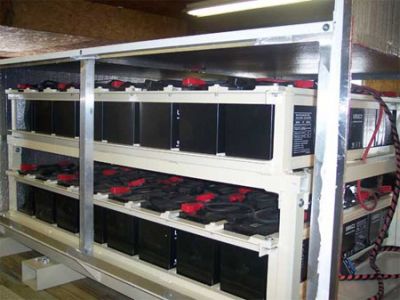Report: Energy storage market will take off with renewables
 As solar and wind technology gain market share in world of energy production, there will be an increasing need for quality energy storage, according to a report from Lux Research. That need will drive growth and innovation in the battery and energy storage realms, said report author Brian Warshay.
As solar and wind technology gain market share in world of energy production, there will be an increasing need for quality energy storage, according to a report from Lux Research. That need will drive growth and innovation in the battery and energy storage realms, said report author Brian Warshay.
While solar and winder energy generation provide clean alternatives to traditional coal-fired and nuclear power generation, they are intermittent resources that aren’t always producing when energy is needed. “Energy storage helps to bridge the gap between generation and demand,” Warsahy said. Lux identified that the three largest growth markets for energy storage will be the United States, Japan and China over the next several years.
The report forecasts that the U.S. will account for 23 percent of the world market share in energy storage by 2017, Japan and China will each have 18 percent. “Especially the unregulated markets in the U.S. offer a lot of opportunity,” Warshay said.There are 29 states with renewable energy portfolio standards that will drive demand in the country for additional renewable energy installation, which will in-turn demand storage to guarantee consistent energy service. “Those resources are going to have to managed in some way,” Warshay said.
Japan is a market with a lot of market potential because it suffers high electricity rates, which makes renewable energy more realistic there. The country is also shutting down a number of its nuclear power plans, Warshay said. Those factors make it prime for energy storage development. “China is in the mix mostly because of its size,” Warshay said. “That makes it a good market for a lot of technologies.” Also, the that country manufacturers energy storage devises and batteries and has a history of promoting the use of technologies it manufactures, Warshay said.
Lithium-Ion battery technology is gaining popularity and market share right now, but Warshay predicts that the technology will evolve over the next three to five years as new and less expensive energy storage options are developed and brought to market. Once those less expensive battery options are introduced, he said he expects the industry to take off dramatically. “There will be relatively slow growth over the next two years,” he said. “Then it will speed up in the next three to five years.”



